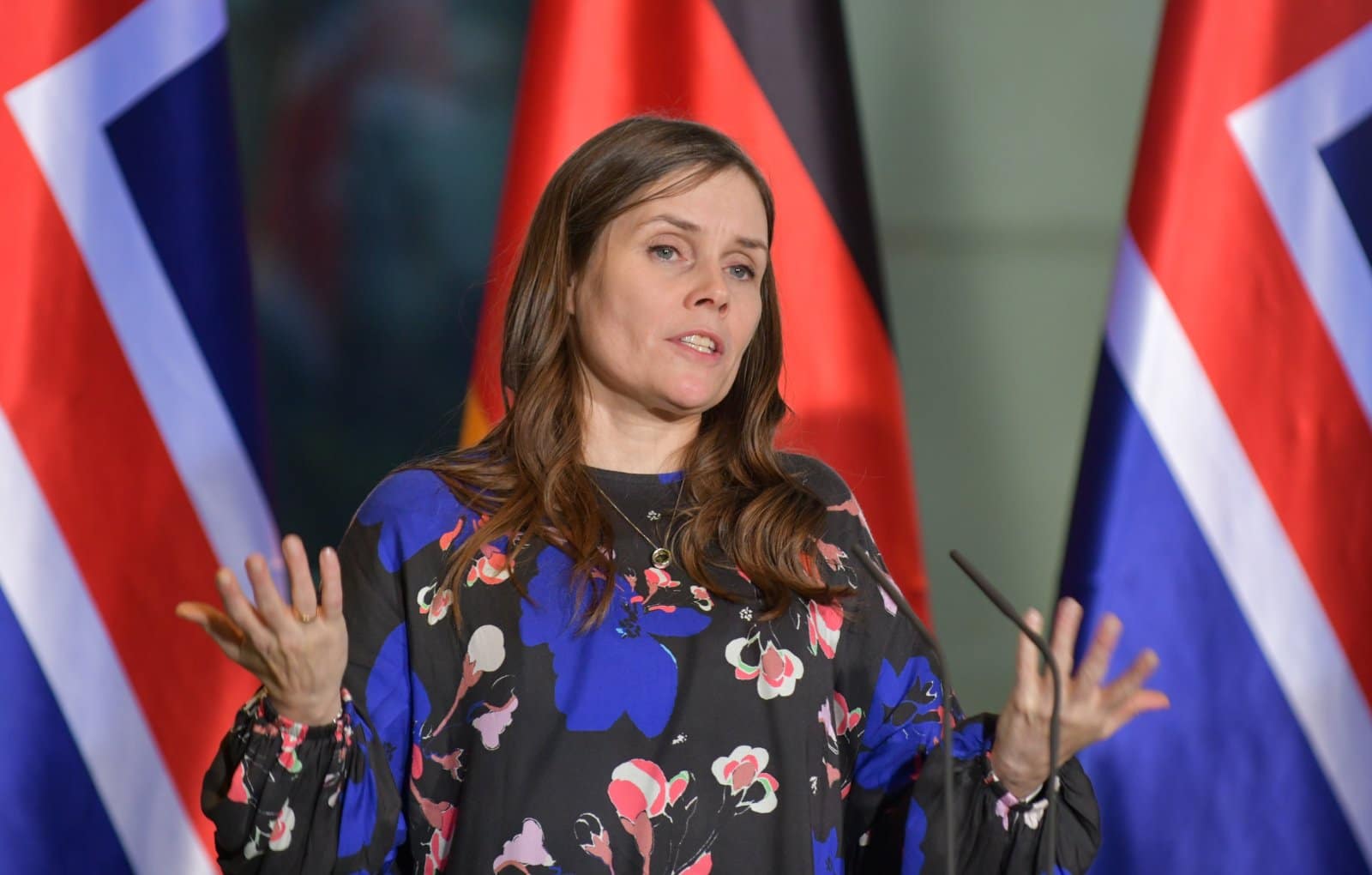In a striking demonstration, women across Iceland momentarily stepped away from their roles, both in offices and at homes, to bring attention to the persistent gender pay gap and the issue of gender-based violence. This silent yet resonant protest not only underscores the critical role of women but also offers the United States an opportunity to reflect and learn.
A Day Without Women

Image Credit: Shutterstock / DimaBerlin
On the day coined “kvennafrí,” or women’s day off, women across Iceland ceased their work, highlighting the significant impact of women’s contributions in various sectors.
The Unseen Impact of Absence

Image Credit: Shutterstock / Halfpoint
The strike made visible the often undervalued and unseen labor women contribute, emphasizing how society tends to take women’s work for granted.
Iceland’s Commendable Track Record

Image Credit: Shutterstock / ApinBen4289
Iceland, with its small population of 380,000, has consistently led in gender parity, successfully closing over 90% of its gender gap for 14 consecutive years.
U.S. Trails in Gender Equality

Image Credit: Shutterstock / Rawpixel.com
Contrastingly, the United States ranks 43rd in gender parity, lagging behind countries like Iceland in implementing supportive policies such as paid family leave and fair wages.
Diverse Challenges in the U.S.

Image Credit: Shutterstock / Niyazz
The path to gender equality in the U.S. is complex due to its large, racially and economically diverse population, making the issue more multifaceted.
A Global Leader’s Call For Progress

Image Credit: Shutterstock / photocosmos1
Iceland’s Prime Minister, Katrin Jakobsdóttir, joined the strike, emphasizing that despite being a global leader in gender equality, there is still much to be achieved.
Historical Precedent of Striking

Image Credit: Shutterstock / Litvinov
This isn’t the first time Icelandic women have taken such a stance. A similar strike in 1975 brought attention to workplace discrimination.
No Quick Fixes

Image Credit: Shutterstock / Space Images
Addressing the gender pay gap in the U.S. is intricate, with no single solution due to existing economic disparities.
The Role of Education and Employment

Image Credit: Shutterstock / fizkes
While higher education and salaried positions are steps forward, they do not fully address the gender pay gap issue.
Understanding the Motherhood Penalty

Image Credit: Shutterstock / fizkes
Research indicates that even women in high-paying jobs face the gender pay gap, exacerbated by long and inflexible working hours.
Undervaluing Care Work

Image Credit: Shutterstock / n_defender
Care work, often undertaken by marginalized women, continues to be undervalued, perpetuating the cycle of low wages and limited options.
Post-pandemic Workforce Participation

Image Credit: Shutterstock / ANRproduction
While U.S. women’s workforce participation has returned to pre-pandemic levels, gender gap issues remain prevalent.
Importance of Pay Transparency

Image Credit: Shutterstock / i viewfinder
Advocating for pay transparency is a step towards eliminating pay disparities between genders.
Need for Women in Leadership

Image Credit: Shutterstock / CarlosBarquero
Boosting the number of women in leadership roles can ensure a diverse range of voices in decision-making processes.
Striking a Powerful Chord

Image Credit: Shutterstock / RollingCamera
Iceland’s large-scale strike demonstrates vividly how society depends on both paid and unpaid labor of women.
A Potent Lesson for the U.S.

Image Credit: Shutterstock / Polonio Video
Such impactful demonstrations serve as a potent lesson and an inspiration for the U.S. to advance towards gender equality. The United States can draw valuable lessons from Iceland’s proactive stance and apply them constructively to foster a more equitable and inclusive future.
More From Thrifty Guardian
The post Gender Equality Strikes in Iceland: A Wake-up Call for the U.S. To Close the Gender Pay Gap first appeared on Thrifty Guardian.
Featured Image Credit: Shutterstock / Jacob Lund




